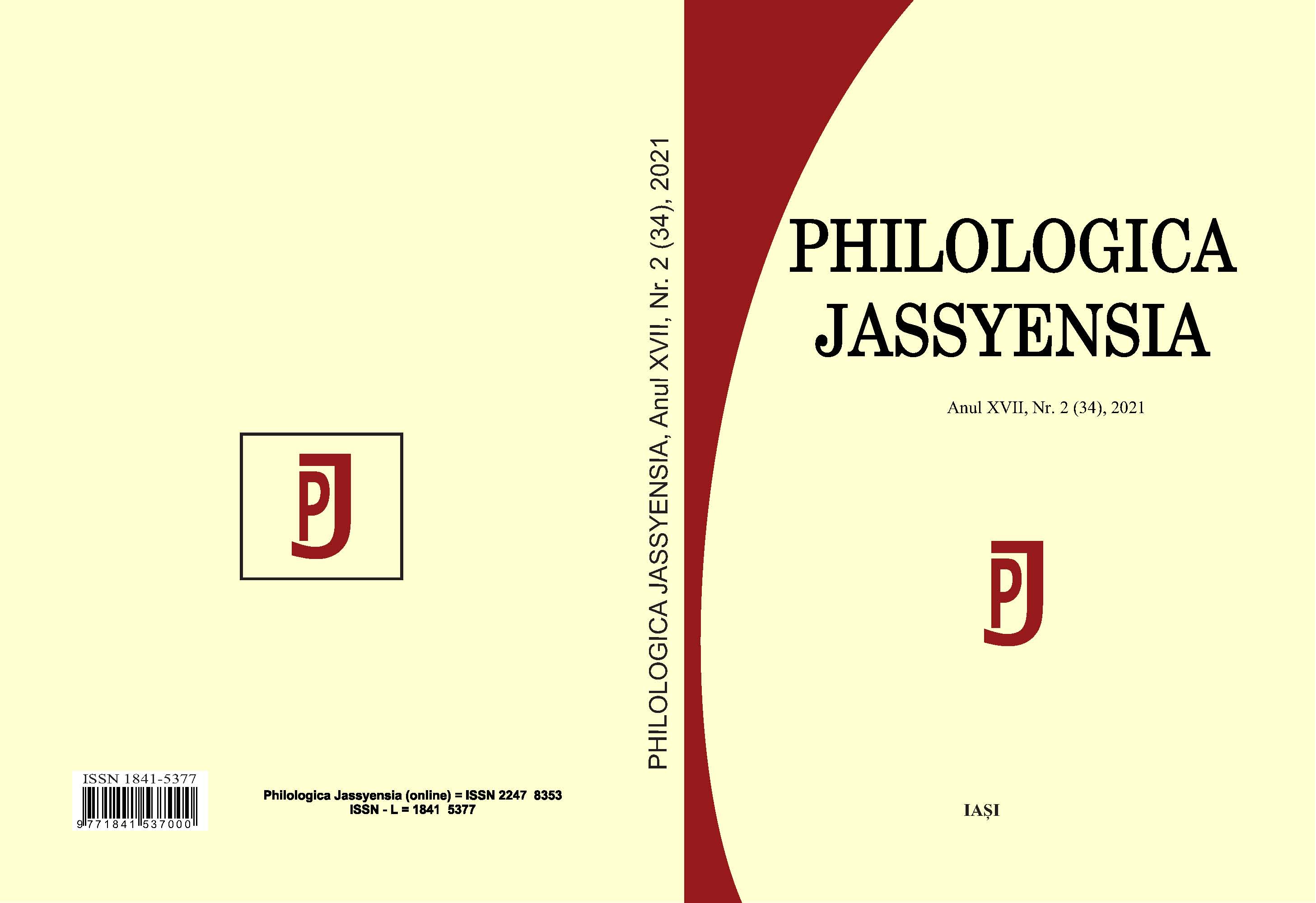„Ciclul «Mântuleasa»”: ghidul soteriologic al antimodernului Eliade
‟Mântuleasa series”: the Soteriologic Guide of Eliade, the Antimodernist
Author(s): Oana SoareSubject(s): Romanian Literature, 19th Century, Theory of Literature
Published by: Editura Tracus Arte
Keywords: antimodernist; “politics of literature”; soteriology; palimpsest;
Summary/Abstract: In the present article we examine Mircea Eliade’s short-stories from the “Mântuleasa series” (Pe strada Mântuleasa, În curte la Dionis, Incognito la Buchenwald, Uniforme de general), following several interpretative scenarios and theoretical approaches. In the first place, given their soteriologic grounds, emphasized by Eliade in more than one instance, we attempt at analysing these writings through the conceptual frame of what Rancière has called “politics of literature” (Rancière, 2007); “politics” which is obvious, beyond their latent subversive aim. As a matter of fact, these fictions are designed as both, reactions and solutions to the “terror of history”, in as much as they try to obliterate or counteract it. In the short story Pe strada Mântuleasa, for instance, the tale narrated by Fărâmă in the “deposition” delivered to his interrogators is meant to question and undermine the world of politics; another text of the series, În curte la Dionis, comprises debates about “the political meaning of Orphism”, while the last fictions mentioned above use the topic of theatrical representation as means of “welding” temporalities and curing the wounds of the past. In the second place, we investigate the manner in which these short-stories mirror Eliade’s antimodernist attitude (Compagnon, 2005), precisely, its fictional disguise. Deliberately restoring “the metaphysical dignity of the story”, the project and the poetics of these mythological fictions are meant to oppose and counterbalance the manifests and manifestations of the “New Wave” (here, of the New Novel), a sort of bastion of agonizing modernism, according to the author. Consequently, Eliade prefers a“fascinating”, “readable” writing, in which theory is replaced by myth, while the totalizing plot, as modern (desacralized) version of the myth, substitutes the fragmented, shattered perspective of the New Novel; the former is a way of reenchanting the world, while the latter represents a way of instituting ontological void, simultaneously translating History’s eschatological messages and closely following the logic of a prison camp universe. At the same time, we’ll analyse several figures of these anamnestic fictions, in order to foreground the intermingling of real and fictional historicities, the functions of palimpsest as an epic axis, and last but not least, the manner in which all these mirror the time dilemmas of Eliade himself. Moreover, these texts are structured according to a double temporal frame, the two temporal levels being distinctively, though allusively, marked: on the one hand the ’20s–’30s of the 20th century, on the other hand the epoch after 1944, or, in the words of a character from Pe strada Mântuleasa, “our regime” (a gap intensly experienced by Eliade, as a sort of historical split). Although he is aware, subliminally, that no kind of return is possible any longer (comprising his own return from exile), Eliade finds, however, various fictional palliatives (either mythological or phantastic) and strives to fuse these distinct temporalities.
Journal: Philologica Jassyensia
- Issue Year: XII/2021
- Issue No: 2 (34)
- Page Range: 87-100
- Page Count: 14
- Language: Romanian

